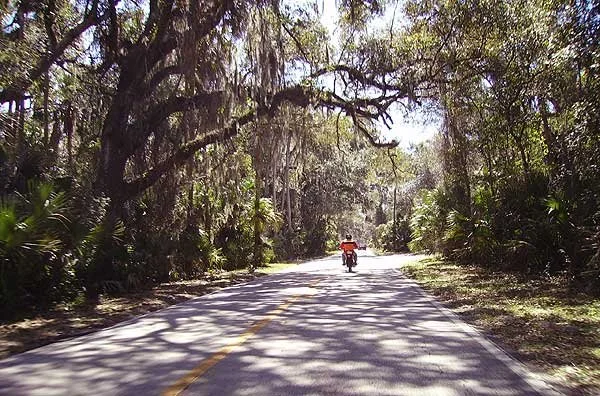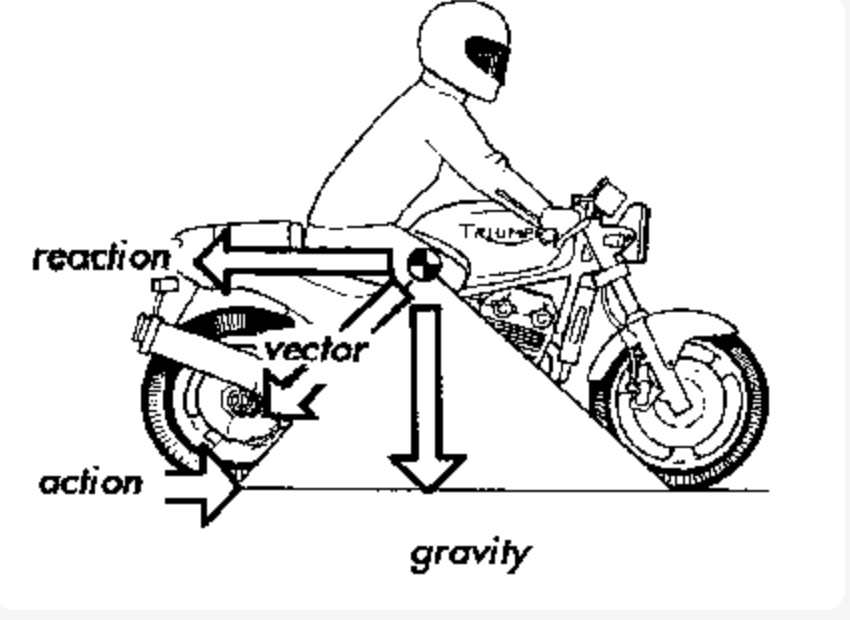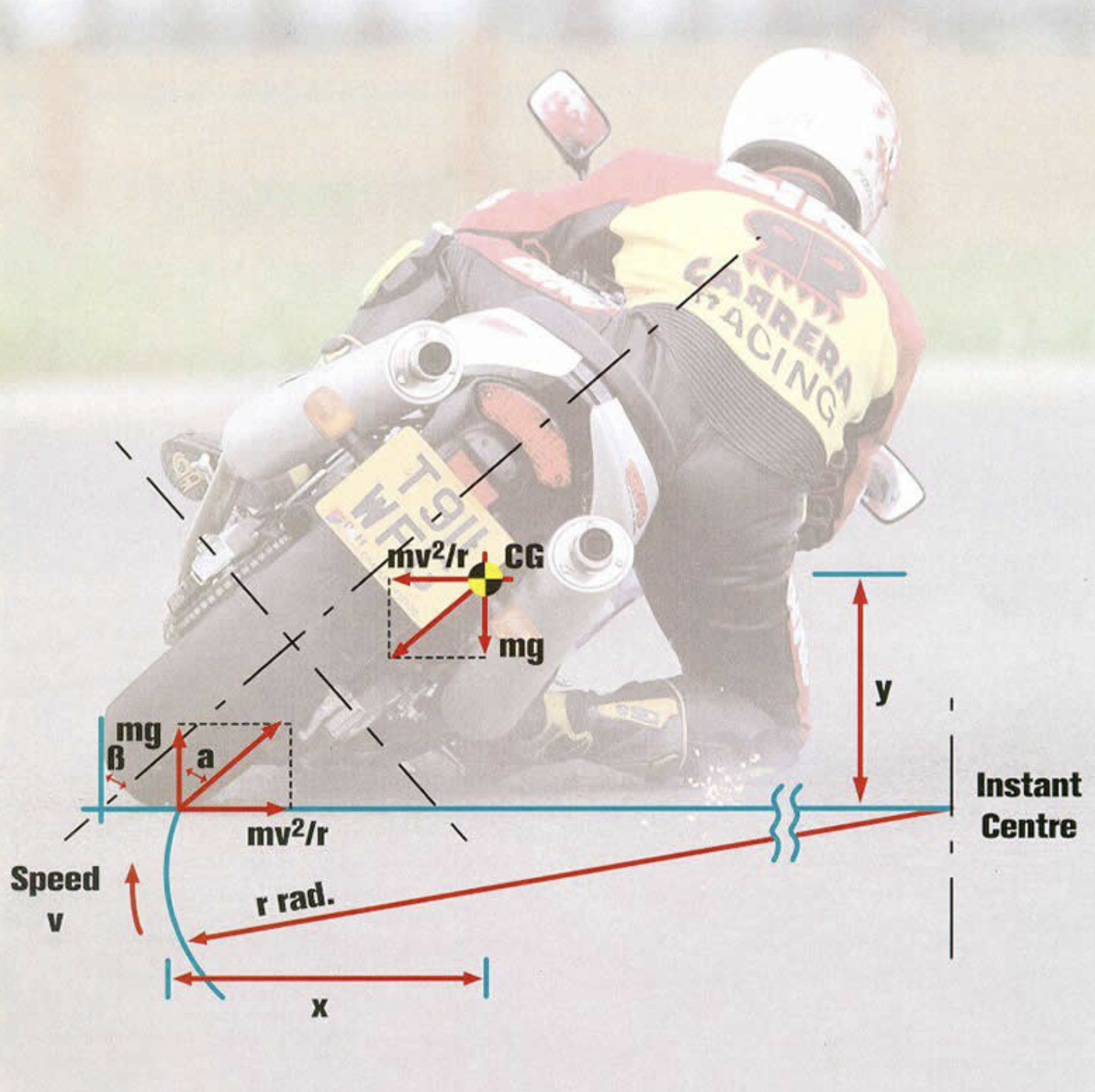It was in the late 1960’s that Tom Hanna bought a small Honda road-bike. It was his vehicle of choice for long Sunday rides exploring the Spanish moss landscapes and quiet back roads of north central Florida. Most often, one of his three children would accompany him and I was one of those children, riding behind my father with small hands desperately grasping around his waist.
The thing about a motorcycle is that only two people can ride it- the driver and the passenger and the experiences of being a driver and a passenger are certainly not the same. A driver is free to choose the route, the speed, and the angle of turning of the bike. A passenger is along for the ride, watching the world go by, sensing the wind against your body, the feeling the vibrations moving into your very core, and trying to match the motions of the driver as to not throw off the gravity of the bike.
I remember how Tom was delighted and fascinated with how the body affected the maneuvering of the motorcycle. The foot pegs were effective levers on either side of, and slightly below, the center of mass. Pressing down on the inside foot peg would help pivot the bike around its center requiring less effort from your upper body at the bars- this notion of how the lower body affected the upper body was fascinating to Tom. But most amazing was the phenomenon of leaning the bike with the core of the body without using the handle bars at all. Tom loved to demonstrate this to me while going at fast speeds which I must admit was a bit terrifying as a young child. By using the core and entirety of his body, and without his hands on the bike, he would lean right or left.
Something Tom also found quite intriguing was counter-steering. This phenomenon only works at speeds over 12 mph but involves a gyroscopic effect. If he was to turn the handle bars to the right the bike would pivot to left since the bike’s inertia rights itself to a straight line around its center of gravity. In order for the bike to turn right he would need to push the right handle bar away while he leaned right. “Lean right, push right, go right”.
Many of Tom’s later formulations around somatic movement involved discovering that one intended movement actually involves other parts of the body which are seeming unconnected. For instance, right now if you push your right palm out away from your body, as if pushing a handle bar away from you, you may feel a twisting motion in your trunk and your left side tightening to allow the lengthening of your right arm. This is similar to the “lean right, push right, go right” counter-steering principle. We may not be a motorcycle but we are a body moving in space, and as counter intuitive as it might feel, our body works together as one entity to achieve our intended goals.
I don’t actually know this to be true, but I suspect that those Sunday motorcycle rides may have helped formulate some of Tom’s ideas around his theory of Somatics. The motorcycle and its awesome power and the magic of its physics moving through time and space was certainly a thrill, joy, and fascination for Tom. This was only one example of how Tom lived life to the fullest every day both intellectually and experientially. I could not understand at the time, as I went along for those rides, how meaningful those experiences may have been for him. Now as an older adult, I am beginning to put some of the pieces together of how his theories and work reflected who he was and why he lived his life in the way he did. In so many ways Tom was always bigger than life and still today, through his work and ideas, his vision of Somatics will undoubtedly improve and evolve, riding on down the winding road of future of human potential.








